In the world of architecture and design, the facade plays a pivotal role in creating an impression on the viewers. From commercial buildings to residential homes, the choice of facade material holds immense significance. Red stone facade, renowned for its elegance and timelessness, has emerged as a popular choice among architects and builders. In this article, we delve into the key reasons for the allure of red stone facade and its growing popularity in the construction industry. 1. Aesthetics: Red stone facade exudes a warm and inviting aesthetic, adding a touch of sophistication to any structure.
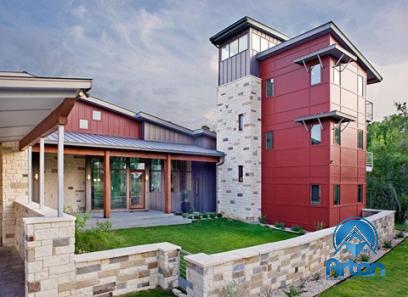
.
 The rich, reddish tones of the stone create a visually appealing contrast against surrounding landscapes, whether it be natural greenery or urban settings. This versatile material effortlessly merges traditional and contemporary architectural styles, making it an ideal choice for both historical renovations and modern designs. 2. Durability and Longevity: One of the most significant advantages of red stone facade is its exceptional durability. Known for its resistance to weathering, aging, and erosion, this natural stone can withstand the test of time. Its dense composition offers excellent resistance to cracking and fading, ensuring that the facade remains structurally sound and visually appealing for decades. The longevity and minimal maintenance requirements of red stone make it a cost-effective choice in the long run.
The rich, reddish tones of the stone create a visually appealing contrast against surrounding landscapes, whether it be natural greenery or urban settings. This versatile material effortlessly merges traditional and contemporary architectural styles, making it an ideal choice for both historical renovations and modern designs. 2. Durability and Longevity: One of the most significant advantages of red stone facade is its exceptional durability. Known for its resistance to weathering, aging, and erosion, this natural stone can withstand the test of time. Its dense composition offers excellent resistance to cracking and fading, ensuring that the facade remains structurally sound and visually appealing for decades. The longevity and minimal maintenance requirements of red stone make it a cost-effective choice in the long run.
..
 3. Sustainability: As sustainability gains prominence in the construction industry, the use of natural materials has become paramount. Red stone facade is an eco-friendly option due to its minimal environmental impact. It is sourced from quarries, ensuring that it is a renewable resource. Furthermore, the energy required to process and manufacture red stone is relatively low in comparison to other synthetic facade materials. The use of red stone also aids in temperature regulation, reducing the need for excessive energy consumption for cooling or heating purposes. 4. Versatility: Red stone facade offers remarkable versatility when it comes to architectural applications. It can be shaped and carved into various forms and sizes, allowing designers to create intricate patterns and detailing. This flexibility enables the material to adapt to different architectural styles, giving architects and designers the freedom to express their creativity. Moreover, red stone can be combined with other materials, such as glass or metal, to achieve striking visual contrasts and innovative designs.
3. Sustainability: As sustainability gains prominence in the construction industry, the use of natural materials has become paramount. Red stone facade is an eco-friendly option due to its minimal environmental impact. It is sourced from quarries, ensuring that it is a renewable resource. Furthermore, the energy required to process and manufacture red stone is relatively low in comparison to other synthetic facade materials. The use of red stone also aids in temperature regulation, reducing the need for excessive energy consumption for cooling or heating purposes. 4. Versatility: Red stone facade offers remarkable versatility when it comes to architectural applications. It can be shaped and carved into various forms and sizes, allowing designers to create intricate patterns and detailing. This flexibility enables the material to adapt to different architectural styles, giving architects and designers the freedom to express their creativity. Moreover, red stone can be combined with other materials, such as glass or metal, to achieve striking visual contrasts and innovative designs.
…
 5. Cultural and Historical Significance: Red stone facades have stood the test of time, having been used in various iconic structures throughout history. Its association with heritage buildings and cultural landmarks adds a sense of prestige and grandeur to any structure it adorns. The use of red stone can evoke a sense of tradition, while still appearing contemporary and relevant in modern architectural contexts. Conclusion: In conclusion, the allure of red stone facade lies in its timeless aesthetics, durability, sustainability, versatility, and cultural significance. Its ability to enhance architectural aesthetics while maintaining an environmentally friendly profile makes it an ideal choice for builders, architects, and designers alike. With its ability to withstand the test of time and provide a visually captivating appeal, red stone facade will keep captivating architectural enthusiasts for years to come.
5. Cultural and Historical Significance: Red stone facades have stood the test of time, having been used in various iconic structures throughout history. Its association with heritage buildings and cultural landmarks adds a sense of prestige and grandeur to any structure it adorns. The use of red stone can evoke a sense of tradition, while still appearing contemporary and relevant in modern architectural contexts. Conclusion: In conclusion, the allure of red stone facade lies in its timeless aesthetics, durability, sustainability, versatility, and cultural significance. Its ability to enhance architectural aesthetics while maintaining an environmentally friendly profile makes it an ideal choice for builders, architects, and designers alike. With its ability to withstand the test of time and provide a visually captivating appeal, red stone facade will keep captivating architectural enthusiasts for years to come.
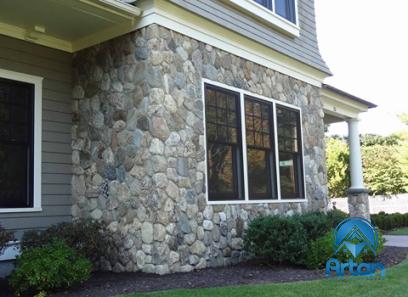
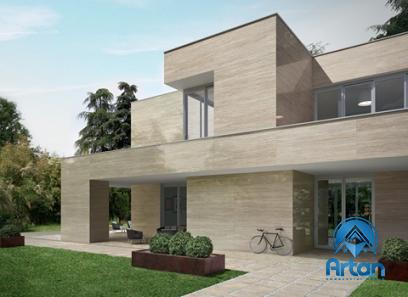
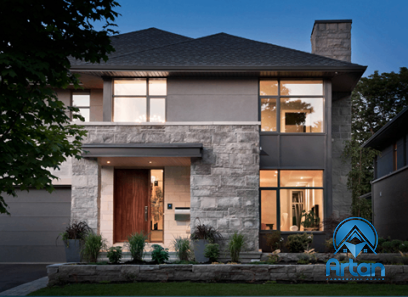

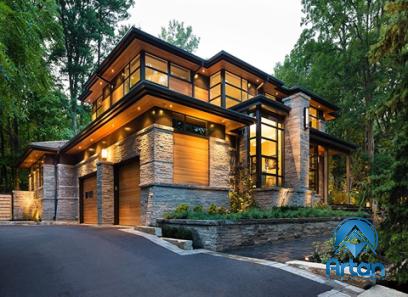
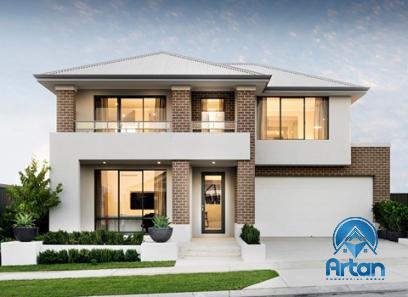
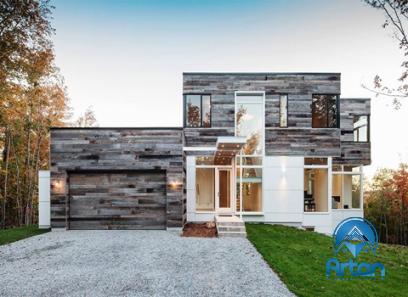
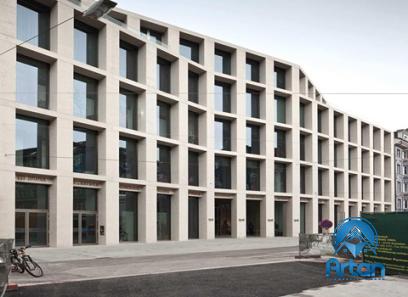
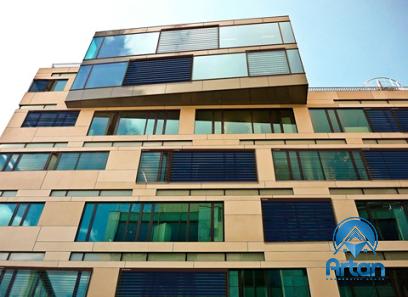
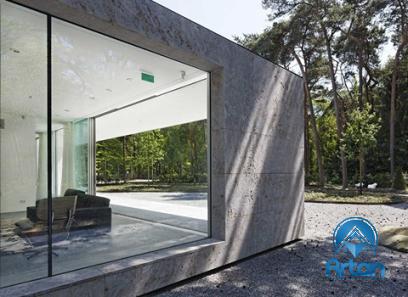
Your comment submitted.